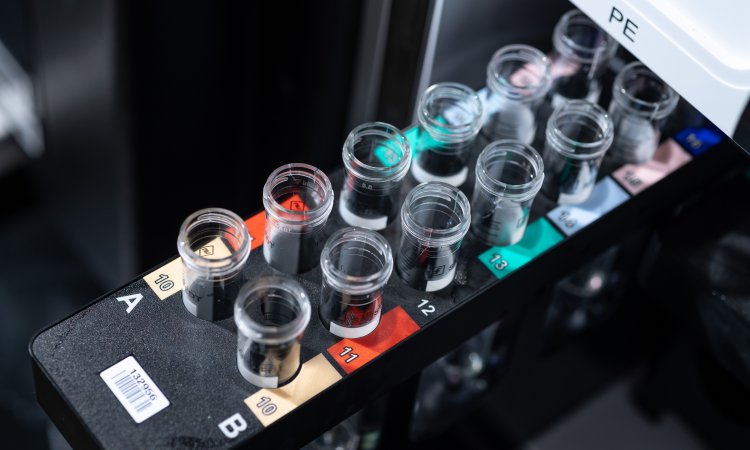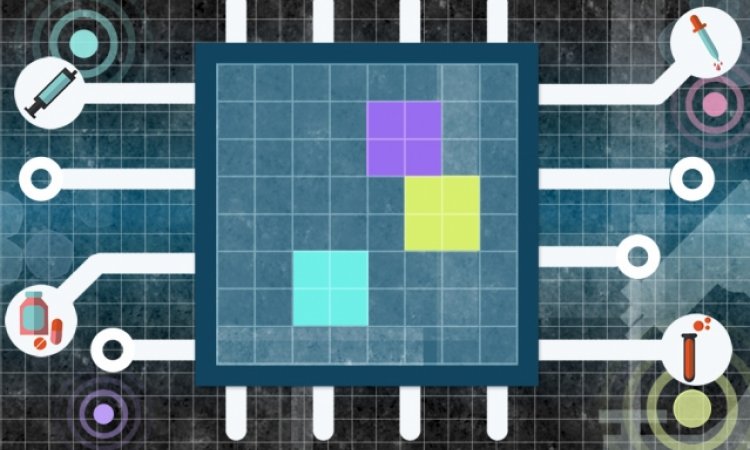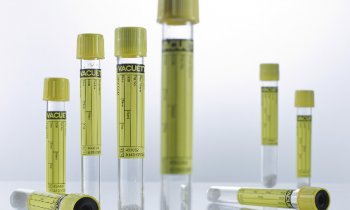Epigenetic drugs
Reprogramming to help correct Nature’s mistakes and possibly revolutionise cancer staging and therapy
‘All human body cells contain the same DNA, but every type of cell – for example a muscle cell compared to that of a nerve – has a different gene expression pattern’, said Dr Sonja Stadler, speaking at the 2012 congress of DGKL (German Society for Clinical Chemistry).

'Epigenetics, explained the expert from the Institute for Laboratory Medicine, Clinical Chemistry, and Molecular Diagnostics, University Hospital Leipzig, Germany, is all about regulating specific patterns in cells, which are propagated not by changes in the DNA sequence but by epigenetic mechanisms, such as DNA methylation and histone modifications. ‘These mechanisms modulate gene expression by changing the state of the chromatome, not by changing the DNA sequence itself.’
Effects include the expression of genes or the blocking of expression. ‘The turning on, or off, of genes is influenced by epigenetic effector molecules, and it can be triggered by signalling pathways, by environmental inducers such as smoking and diet.’ New approaches may help detect and influence epigenetic changes, with potential major benefits in diagnostics and therapy.
Breast cancer cells, for example, show a specific pattern of DNA indefimethylation and histone modifications compared to their normal counterparts, and they come with genes that are frequently overexpressed or not expressed. Some of these genes are suitable indicators for staging, or predictors of therapy outcomes. ‘Tumours that are no longer receptive for oestrogen will not respond to chemotherapy, which targets hormoneinduced genes and tend to be more malignant … the possibility to read the methylation pattern of certain genes could be a huge advantage in assessing and treating tumours’, the expert pointed out.
With this background, changing or reversing an epigenetic pattern of a cancer cell appears to be a very promising approach. ‘Recently, a lot of attention has been focused on developing epigenetic drugs’, Dr Stadler explained. In the USA, a small number of drugs have been approved to treat difficult-to-cure diseases, such as rare T-cell lymphomas and myelodysplastic syndromes. They inhibit DNA methylation or histone deacetylation. ‘Further epigenetic drugs are currently at the clinical trial stage … It will take another five to ten years to find out how epigenetic drugs really work in the body: What are the conditions for targeting? What is the dose required? What are potential side effects, and so on.’
Future drugs, she added, ought to include highly specific formulations for effects on individual enzymes compared to more global patterns.
The outlook
The combination of epigenomic data with information coming from genomics and transcriptomics will greatly increase our understanding of tumourigenesis and lead to better epigenetic biomarkers for detection, prognosis and therapy prediction for leukaemias, as well as for solid tumours.
There is also some future potential for increased accurate and personalised medicine by developing epigenetic drugs against specific isoforms or mutated variants of enzymes involved in specific tumour types. However, such an approach would be extremely costly, Dr Stadler said: Compared to establishing a patient’s genome, analysing the individual epigenomic mutations and the totality of pertinent factors cannot be standardised to date and is significantly more demanding.
The human cancer epigenome platform is a huge research initiative designed to provide cornerstones for future activities in the field. In the USA, the recent NIH epigenetic road map has also supported major advances.
Cancer geneticists, epigeneticists, and oncology therapists might integrate their respective expertise and work together to create new drugs – Dr Stadler’s postulation for collaboration across disciplines aims at enabling improved outcomes for cancer patients.
02.04.2013











